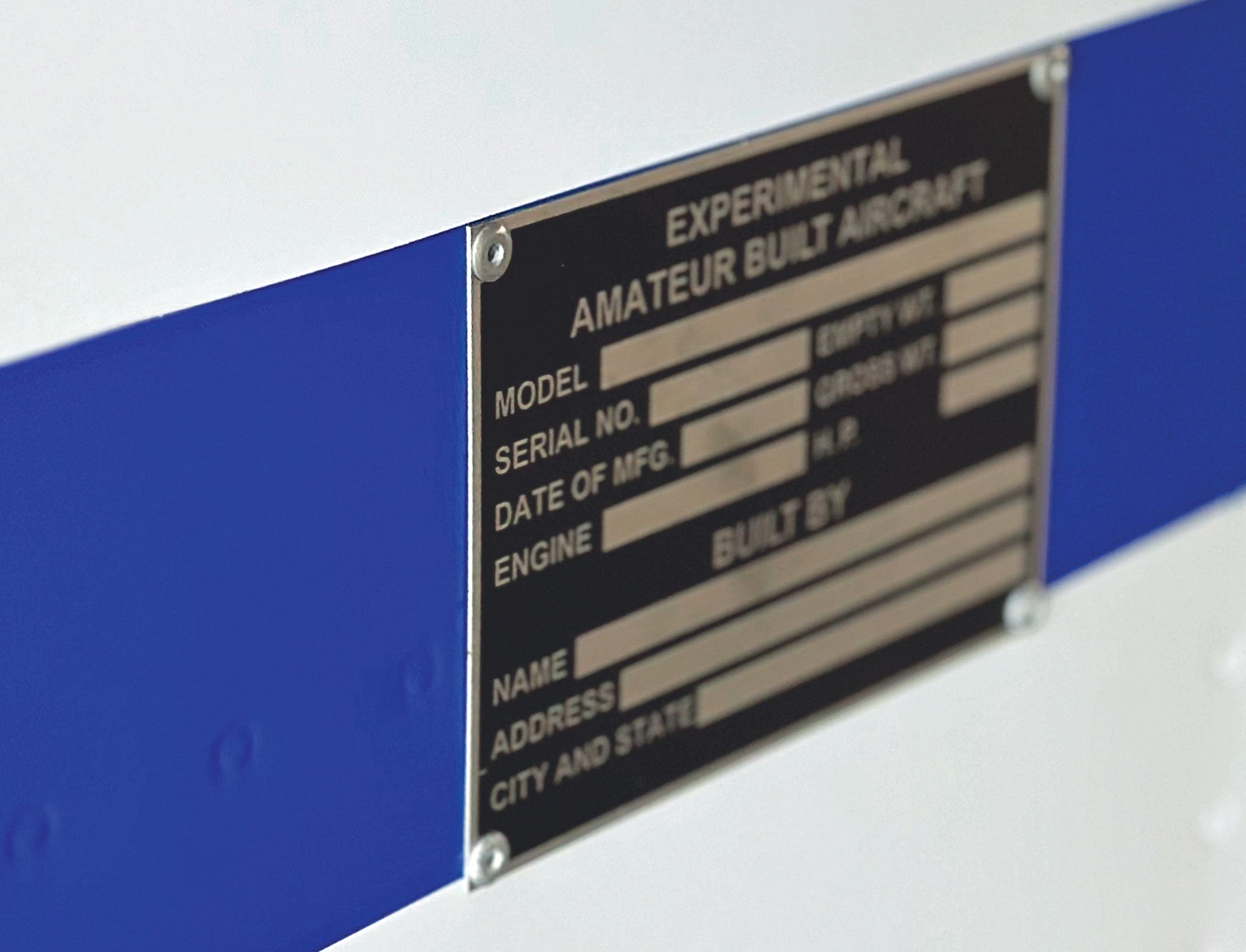 When the FAA inspector or DAR (Designated Airworthiness Representative) arrives to award you your airworthiness certificate, it’s likely that everything will go smoothly, right? After all, you’ve followed all the checklists and performed your due diligence. It might not go well. Reports of certification success are all over the map. Why?
When the FAA inspector or DAR (Designated Airworthiness Representative) arrives to award you your airworthiness certificate, it’s likely that everything will go smoothly, right? After all, you’ve followed all the checklists and performed your due diligence. It might not go well. Reports of certification success are all over the map. Why?
For a pittance, EAA sells a comprehensive kit for certifying your Experimental aircraft. It contains detailed instructions, forms, placards and checklists. If this is your first build and you’re not using it, you’ll spend more time getting all the details together. Success insurance, right? Maybe not. Here are the top reasons for certification failure.
Paperwork
When I went to training to become a DAR, one thing was emphasized repeatedly. Paperwork. It has to be perfect. When I say perfect, I don’t mean close. Think of it as a computer, where one stray letter or number can stop everything. You’re already familiar with this in your other interactions with the FAA. When we inspect your airplane, if the paperwork isn’t correct, everything comes to a halt. Every item, from the eligibility statement to the registration and the data plate, has to match perfectly.
When you’re pulling this together, it will help to have others look at your paperwork. They are more likely to find errors than you are. Look for legibility, matching info, spelling and dates.
Hardware
Hardware troubles can be cause for failing certification. Examples include self-locking nuts being used on rotating bolts that should have a castellated nut and pin. Also: missing safety wire, missing lock nuts, AN bolts where clevis bolts should be, sheet metal screws where machine screws should be and missing safeties in general.
Your copy of AC-43.13-1B, Acceptable Methods, Techniques and Practices—Aircraft Inspection and Repair should be dog-eared by now. It’s also free online as a PDF from the FAA and less than $20 from many booksellers as a large paperback. A very large paperback. Solve hardware problems by engaging a technical counselor early on and finding an A&P willing to do a look-over. You’ll be surprised at what they find. Better now than when your DAR shows up.
Variability
After an intense inspection of your paperwork and evidence that you built the airplane, your inspector may look at your airplane in time-consuming detail. This is good. Although you may be nervous or worried, be glad that you have an inspector with this philosophy. I say “may look at your airplane” because some inspectors, once they verify paperwork and build authenticity, hand you your certificate with instructions and leave. They may have good reasons for doing this. If they are already familiar with the project or they spent a brief time looking at one section of the airplane and decided you knew what you were doing, they may not spend any more time looking. In this case my advice is to have your tech counselor and an A&P double-check everything before you fly, which you would do anyway, right?
One smart thing you can do ahead of time is ask the inspector if they have any special requirements or items they want you to prepare ahead of time. They will appreciate your courtesy and level of thoroughness and you may get a handle on their inspection philosophy. Mixing travel metaphors with sports, since it’s all over the map, cover all your bases.














The DAR misses the improper nut which should have been a castellated nut on the rotating bolt.
The elevator linkage fails and the aircraft crashes. The estate sues the DAR.
The FAA says it’s not their problem, having long ago created the DAR delegation program to shield the FAA from liability, and leave the unwitting DAR’s to twist in the wind.
Martin – see Paul Dye’s comment below the article regarding the DAR’s liability here: https://www.kitplanes.com/becoming-a-dar/
4 thumbs up Lisa